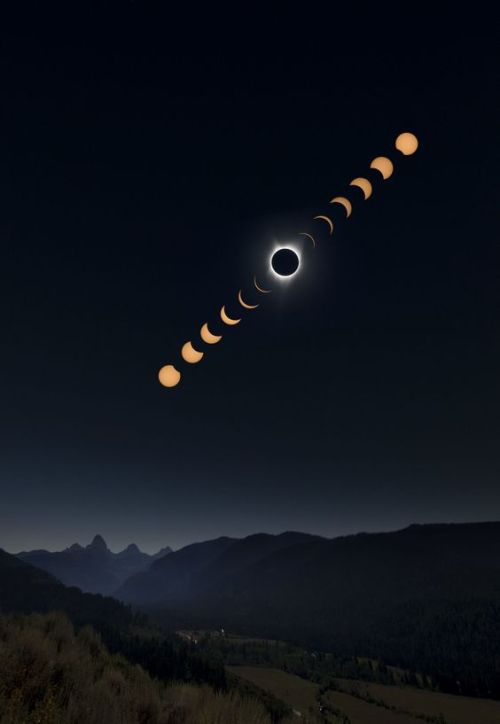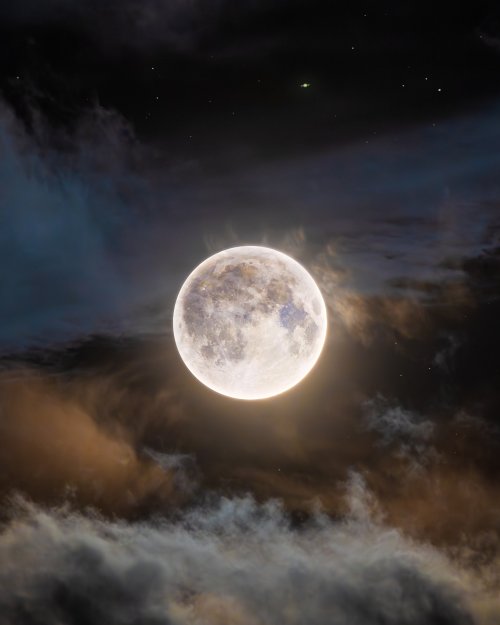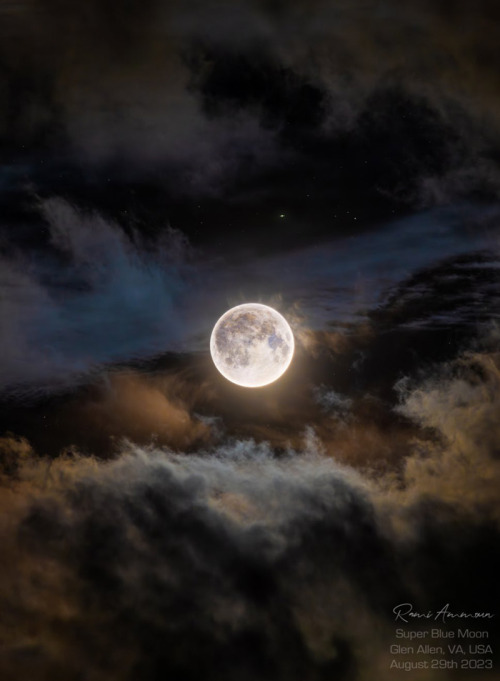OKAY THIS ARTICLE IS SO COOL

OKAY THIS ARTICLE IS SO COOL
I'm going to try to explain this in a comprehensible way, because honestly it's wild to wrap your head around even for me, who has a degree in chemistry. But bear with me.
Okay, so. Solids, right? They are rigid enough to hold their shape, but aside from that they are quite variable. Some solids are hard, others are soft, some are brittle or rubbery or malleable. So what determines these qualities? And what creates the rigid structure that makes a solid a solid? Most people would tell you that it depends on the atoms that make up the solid, and the bonds between those atoms. Rubber is flexible because of the polymers it's made of, steel is strong because of the metallic bonds between its atoms. And this applies to all solids. Or so everybody thought.
A paper published in the journal Nature has discovered that biological materials such as wood, fungi, cotton, hair, and anything else that can respond to the humidity in the environment may be composed of a new class of matter dubbed "hydration solids". That's because the rigidity and solidness of the materials doesn't actually come from the atoms and bonds, but from the water molecules hanging out in between.
So basically, try to imagine a hydration solid as a bunch of balloons taped together to form a giant cube, with the actual balloon part representing the atoms and bonds of the material, and the air filling the balloons as the water in the pores of the solid. What makes this "solid" cube shaped? It's not because of the rubber at all, but the air inside. If you took out all the air from inside the balloons, the structure wouldn't be able to hold its shape.
Ozger Sahin, one of the paper's authors, said
"When we take a walk in the woods, we think of the trees and plants around us as typical solids. This research shows that we should really think of those trees and plants as towers of water holding sugars and proteins in place. It's really water's world."
And the great thing about this discovery (and one of the reasons to support its validity) is that thinking about hydration solids this way makes the math so so so much easier. Before this, if you wanted to calculate how water interacts with organic matter, you would need advanced computer simulations. Now, there are simple equations that you can do in your head. Being able to calculate a material's properties using basic physics principles is a really big deal, because so far we have only been able to do that with gasses (PV=nRT anyone?). Expanding that to a group that encompasses 50-90% of the biological world around us is huge.
More Posts from Cedezsstuff and Others











Total Solar Eclipse l April 2024 l U.S. & Canada
Cr. Deran Hall l Rami Ammoun(236) l GabeWasylko l REUTERS l KendallRust l Joshua Intini l Alfredo Juárez l KuzcoKhanda

Using the James Webb Space Telescope, University of Copenhagen researchers have become the first to see the formation of three of the earliest galaxies in the universe, more than 13 billion years ago. The sensational discovery contributes important knowledge about the universe and is now published in Science. For the first time in the history of astronomy, researchers at the Niels Bohr Institute have witnessed the birth of three of the universe's absolute earliest galaxies, somewhere between 13.3 and 13.4 billion years ago.
Continue Reading.


El Ojo ‘The Eye’ Island Location: Buenos Aires, Argentina
First discovered by Argentinian filmmaker Sergio Neuspiller in 2003, El Ojo is an uninhabited circular rotating floating island located within a slightly larger circular lake in the Paraná Delta in the Buenos Aires Province, Argentina. This island is constantly rotating on its own axis due to the flow of the river beneath it. The island was named because of its resemblance to an eye when viewed from above: as the island rotates within its surrounding circular lake, the eye appears to move.

The Moon Dressed Like Saturn ©
Someone captured the solar eclipse on an airplane

Milky Way Over Easter Island



The 2nd full moon of August 2023 l Rami Ammoun

Chris Birch
After an academic career at U.C. Riverside and Caltech, Chris Birch became a track cyclist on the U.S. National Team. She was training for the 2020 Olympics when she was chosen as an astronaut candidate. https://go.nasa.gov/49WJKHj
Make sure to follow us on Tumblr for your regular dose of space!

Hey, so--we cooled your boyfriend down to a hundredth of a kelvin above absolute zero. Yeah, it was so cold that all of the chemical reactions in his body ceased. Sorry. We, uh, yeah, we used him as a dielectric material in a tiny qubit. And then we quantum-entangled him with another qubit, just to see if we could. Sorry. Yeah, anyway, we thawed him out after two weeks and apparently he's doing fine now. Didn't really teach us anything about how quantum processes work in biological systems, but it sure was, uh, cool. If you'll pardon the pun.
-
 delastiny reblogged this · 1 month ago
delastiny reblogged this · 1 month ago -
 delastiny liked this · 1 month ago
delastiny liked this · 1 month ago -
 hyomi9 liked this · 1 month ago
hyomi9 liked this · 1 month ago -
 essentiallyless reblogged this · 2 months ago
essentiallyless reblogged this · 2 months ago -
 essentiallyless liked this · 2 months ago
essentiallyless liked this · 2 months ago -
 astrocat121 liked this · 2 months ago
astrocat121 liked this · 2 months ago -
 cinis-20-doxatosis reblogged this · 2 months ago
cinis-20-doxatosis reblogged this · 2 months ago -
 lesbian-autistic-starkid-fan reblogged this · 2 months ago
lesbian-autistic-starkid-fan reblogged this · 2 months ago -
 lesbian-autistic-starkid-fan liked this · 2 months ago
lesbian-autistic-starkid-fan liked this · 2 months ago -
 perhapspenelope liked this · 2 months ago
perhapspenelope liked this · 2 months ago -
 gemderplantcat reblogged this · 2 months ago
gemderplantcat reblogged this · 2 months ago -
 gemderplantcat liked this · 2 months ago
gemderplantcat liked this · 2 months ago -
 tiktaalika liked this · 2 months ago
tiktaalika liked this · 2 months ago -
 cauliflowerisaveggie reblogged this · 2 months ago
cauliflowerisaveggie reblogged this · 2 months ago -
 igwe-123 reblogged this · 3 months ago
igwe-123 reblogged this · 3 months ago -
 18thcenturythirsttrap liked this · 3 months ago
18thcenturythirsttrap liked this · 3 months ago -
 igwe-123 liked this · 3 months ago
igwe-123 liked this · 3 months ago -
 jansila reblogged this · 3 months ago
jansila reblogged this · 3 months ago -
 jansila liked this · 3 months ago
jansila liked this · 3 months ago -
 where-rmysocks liked this · 3 months ago
where-rmysocks liked this · 3 months ago -
 moonlit-g4y liked this · 3 months ago
moonlit-g4y liked this · 3 months ago -
 toigar reblogged this · 3 months ago
toigar reblogged this · 3 months ago -
 mummifiedraven liked this · 3 months ago
mummifiedraven liked this · 3 months ago -
 zoeflake liked this · 3 months ago
zoeflake liked this · 3 months ago -
 a-burnt-muffin reblogged this · 3 months ago
a-burnt-muffin reblogged this · 3 months ago -
 a-burnt-muffin liked this · 3 months ago
a-burnt-muffin liked this · 3 months ago -
 elixir-chai liked this · 3 months ago
elixir-chai liked this · 3 months ago -
 jestermaker2 liked this · 3 months ago
jestermaker2 liked this · 3 months ago -
 leftcloud55560 liked this · 3 months ago
leftcloud55560 liked this · 3 months ago -
 katzkix liked this · 3 months ago
katzkix liked this · 3 months ago -
 the-archivist-raven liked this · 4 months ago
the-archivist-raven liked this · 4 months ago -
 estra-die-ol liked this · 4 months ago
estra-die-ol liked this · 4 months ago -
 the-real-kilgore-trout reblogged this · 4 months ago
the-real-kilgore-trout reblogged this · 4 months ago -
 the-real-kilgore-trout liked this · 4 months ago
the-real-kilgore-trout liked this · 4 months ago -
 the-evil-skull reblogged this · 4 months ago
the-evil-skull reblogged this · 4 months ago -
 chemistryisunderrated liked this · 4 months ago
chemistryisunderrated liked this · 4 months ago -
 elldritch-horror liked this · 4 months ago
elldritch-horror liked this · 4 months ago -
 de-sir-ee liked this · 4 months ago
de-sir-ee liked this · 4 months ago -
 kermit-the-fox reblogged this · 4 months ago
kermit-the-fox reblogged this · 4 months ago -
 buttercups-in-a-golden-frenzy liked this · 4 months ago
buttercups-in-a-golden-frenzy liked this · 4 months ago -
 acediamelody reblogged this · 4 months ago
acediamelody reblogged this · 4 months ago -
 acediamelody liked this · 4 months ago
acediamelody liked this · 4 months ago -
 thorow liked this · 4 months ago
thorow liked this · 4 months ago -
 1shouldbedoinghomeworknow liked this · 4 months ago
1shouldbedoinghomeworknow liked this · 4 months ago -
 etric liked this · 4 months ago
etric liked this · 4 months ago -
 redhawk118 liked this · 4 months ago
redhawk118 liked this · 4 months ago -
 yesterdarling liked this · 4 months ago
yesterdarling liked this · 4 months ago -
 doctordragon reblogged this · 4 months ago
doctordragon reblogged this · 4 months ago
